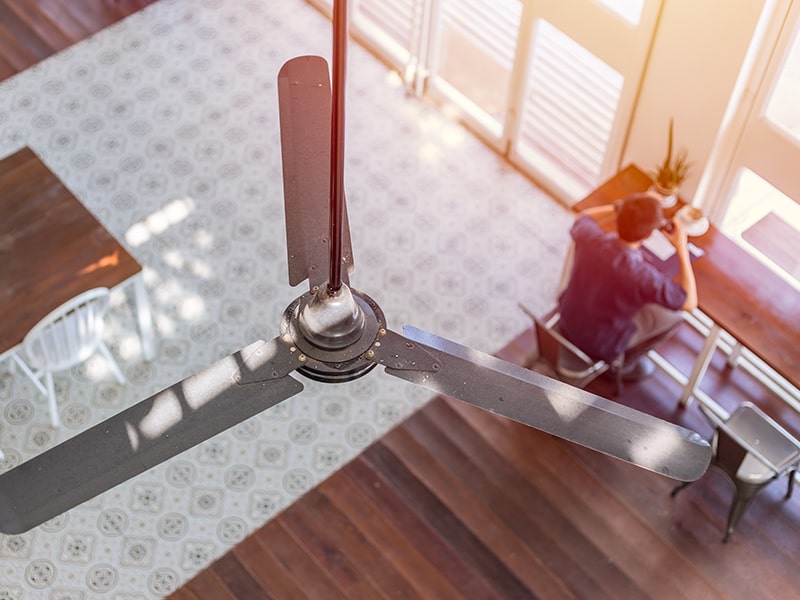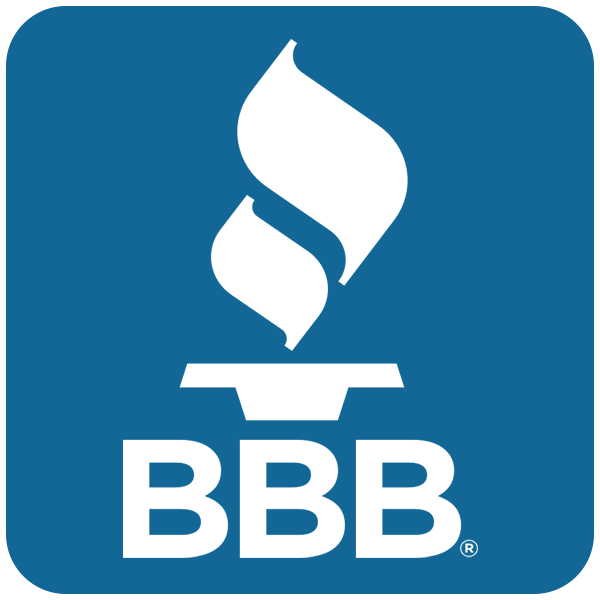
Reduce Overheating & Avoid Breaking The Bank (Or Your A/C)
One of the most fascinating aspects of living in New England is the unpredictable weather. The Winters unravel in such an erratic nature and it can be hard to prepare and react appropriately. In the past, New England has seen rain storms throughout December and January or a foot and a half of snow in May, and everything in between.
This particular winter has been consistently and unseasonably temperate so far. Despite a cold stretch at the very end of the month, the average high temperature for January has reached 39° F compared to a historical monthly average of 35° F. This includes multiple days in the high 40’s and a 52°F day as well. The entire Northeast United States is experiencing the same spike, with less freezing temperatures and more rain and humidity.
If you’re not paying attention, blasting the heat on the wrong day can result in wasted money and great discomfort. Or maybe the kids were messing around with a thermostat and you’re now experiencing Summer-like conditions in your home. It would be a natural inclination to reach for the thermostat and plunge it down to compensate for the warmth, but turning on the air conditioner in the middle of Winter can have detrimental consequences.
Running your A/C in January could result in frozen refrigerant coils, damaged air ducts, and breaking the compressor by overworking it without properly conditioned lubricants. These issues, along with a wildly inefficient energy bill, should deter you from using the air conditioner when you have better, more efficient options available to you. Consider these steps when grappling with unexpected heat in the winter:
Build A Better Heating Schedule
One of the best ways to combat stretches of uncomfortable temperatures or entering a dizzying and nauseatingly warm home is by creating a custom heating schedule with the temperatures of the day in mind. For example, you may want to keep your home at a comfortable 68°F overnight to avoid needing to bundle yourself before bed or waking up in the middle of the night from a cold draft. This way, you will sleep soundly and wake up in comfort. The morning will likely result in the highest internal temperature of the day with residual heating from overnight, the bustling of bodies getting ready, and the use of your kitchen appliances. After everyone has gotten ready, you can drop the temperature to the mid-to-low 60s and allow your home to gradually return to a moderate temperature, especially if no one is home. This will keep your home from getting too warm and stuffy while saving you money on your utility bill.
You can then set your home to a comfortable 67-69 degrees either right as you are getting home (if you are less sensitive to walking into a warm home) or program it to reach this point an hour after you get home so that it’s actively warming upon your arrival (which will offset the shock of entering a hot house from the cold outdoors.) You can then fine tune your evenings depending on how many people will be in the house or what you typically wear during the night. If your nightwear consists of t-shirts and loose fitting pants or shorts, you’ll set your thermostat closer to 70 than if you opt for cardigans or sweatpants instead.
Having a properly calibrated heating schedule helps your central air system work with your comfort level instead of against you. It’s also a great way to positively impact your energy efficiency and monthly bill.
Paying Attention To Warm Weather Trends During The Week
The number on the thermostat never tells the full story. There is a marked difference between 72 degrees when it’s freezing outside and 72 degrees with humidity and environmental warmth in effect. If there is a hot or cold stretch approaching, it’s recommended that you either manually update your thermostat or amend your typical heating schedule to accommodate for this change in weather. If your home typically takes a few hours to raise the temperature up to 70 degrees in harsh winter weather, you may find yourself uncomfortably warm at 70 degrees on an unexpectedly temperate day. Keep an eye on your weekly forecast and make sure that you aren’t stuck in a hot house on a surprisingly nice day.
Lowering The Thermostat Overall
During a month like this past January, you don’t need a smart thermostat to know that your home doesn’t need to be heated as drastically as years’ past. With humid or rainy days populating much of the typical snow time, you can take the cues from nature to drop your thermostat a few degrees during these warm periods. You will save money on your electricity bill and keep your home at a more moderate and comfortable temperature.
Use Your Ceiling Fans
In the event of your home getting too hot for comfort, there is a better option than your central A/C or window unit. Ceiling fans are permanently installed and operable year round, and they are perfect for pulling hot air up and away from you while circulating cooler air throughout your home. There is no real downside to utilizing ceiling fans during any season and will not result in exorbitant energy costs or complicated repairs. Next time your home is sweltering, turn on the ceiling fan for 15-30 minutes and you’ll notice instant results.
Open Internal Doors To Evenly Distribute The Heat
If you are experiencing uncomfortable temperatures in a specific area of your home, whether it be because of a head duct or a fireplace, it is encouraged that you allow the hot air to travel to the rest of the rooms in your house and let the cool air near doors and windows circulate back. With the help of the aforementioned ceiling fans, proper air circulation is the best way to combat accidental overheating in a house during New England Winters, all without making its mark on your energy bill.
There are plenty of reasons that your home could become uncomfortably warm during the unpredictable New England Winter months, but you can utilize these easy and inexpensive tips to keep your home reasonably conditioned all year round. Contact Robillard HVAC today to request a central air inspection, maintenance, or emergency repair services!
Sources Cited: Cielo, Weather.com, Weather.com, Weather-US.com, Weather Spark, and Current Results
ABOUT ROBILLARD HVAC
If you’re in need of HVAC maintenance services in North Central Massachusetts or South Central New Hampshire, Robillard HVAC is the call to make with over 15 years of experience. Our maintenance specialists work quickly, efficiently, and effectively so that your system gets back up to speed and running clean. Contact Robillard HVAC today for expert HVAC services.
For more information contact:
Robillard HVAC
Servicing North Central MA
& South Central NH
BUSINESS HOURS
7:00AM – 7:00PM
AVAILABLE 24/7 FOR EMERGENCIES
[email protected]
View Our Service Areas



